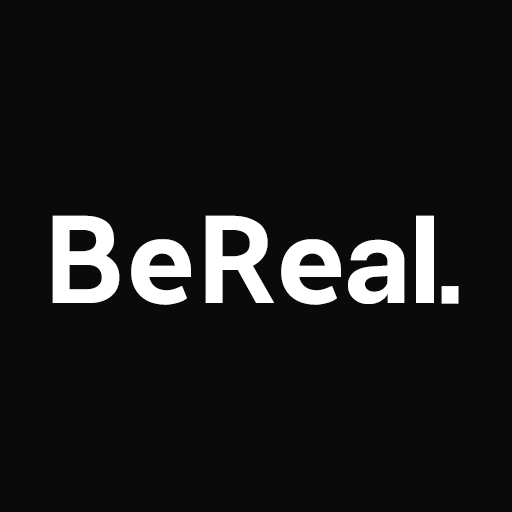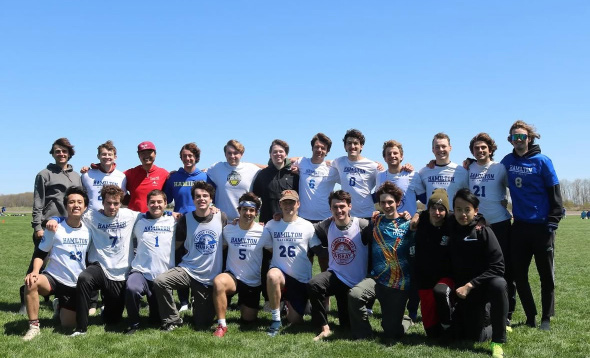
In 2020, Alexis Barreyat and Kevin Perreau released the French social media platform BeReal, accumulating a consistent user base in recent months. The platform functions so that once a day, a notification is spontaneously sent to all the app’s users living in a specific geographic location, urging them to take a photograph of themselves and their surroundings within a two-minute window. The platform’s model is meant to propel social media as an authentic entity and de-emphasize Internet addiction, which is reflected by its name “BeReal.” If one postulates that this social media platform is grounded in the same capitalism as its competitors, however, then how does BeReal differ from Instagram, Snapchat and TikTok? Does BeReal mark a new trajectory toward a path of genuineness? Or is it social media’s latest trend craze? Simply put, is BeReal really real?
BeReal has certainly attempted to differentiate itself from platforms like Instagram, Snapchat and Facebook, at least superficially. BeReal has no followers, ‘like counts,’ photo filters or opportunity for editing, a move similar to the trajectory Instagram has been following since the platform provided the option to hide one’s own ‘like counts.’ BeReal has been likened to “casual Instagram” — a term coined to describe carefree posting, rather than curating moments to garner social capital, be it real or imaginary. Sure, BeReal is a great concept in theory; if social media toxically grips us, why not rebel by promoting a platform that encourages sharing the more simple parts of our day — cleaning, sleeping and eating? If it is so excellent in theory, then, why would such a platform not be good in practice?
For one, all social media hinges on a capitalistic platform. I can only describe TikTok’s algorithm as “scarily niche;” it manufactures a scenario that motivates us to endlessly scroll, consuming content that rarely makes us feel good about ourselves. Facebook’s ads cater to our interests, often prompting us to spend money that we may not have. Instagram has added a slew of features, like its Instagram reels section, to try and compete with TikTok. TikTok has fought back by adding a TikTok Now, which is essentially a BeReal clone. Why do these platforms keep incorporating components of their competitors? It is simply because they all want us hooked. More users lead to more time spent on the app and more money for the platform. BeReal is no different.
More importantly, humans are not designed to use BeReal in the way the app is marketed. The overwhelming majority of BeReal users only snap a BeReal when something interesting is happening in their day. Here’s a fun experiment: take out your phone and check how many people are thirteen, fifteen, or twenty hours late. I can hardly believe one has not checked their phone in that many hours, but conveniently takes a BeReal when they are surrounded by people. By waiting for BeReal at only the exciting moments or abstaining from being real when nothing exciting is happening,
one’s BeReal becomes compatible with an Instagram feed. As humans, we all want to portray the most intriguing, nuanced version of ourselves. BeReal is just another echo chamber for this reality, except with some creative marketing and extreme glitching.
Although it may be a stretch, I would even assert that by trying to be different, BeReal is even worse. At least other social media platforms own up to their damage; it often seems as if BeReal has just monopolized the part of me that feeds into social media platforms with no remorse. If BeReal’s intention is for us to be real, they would not create another social media platform in the first place. The best and only way to truly ‘be real’ is to stay off social media and put the phone down.
















